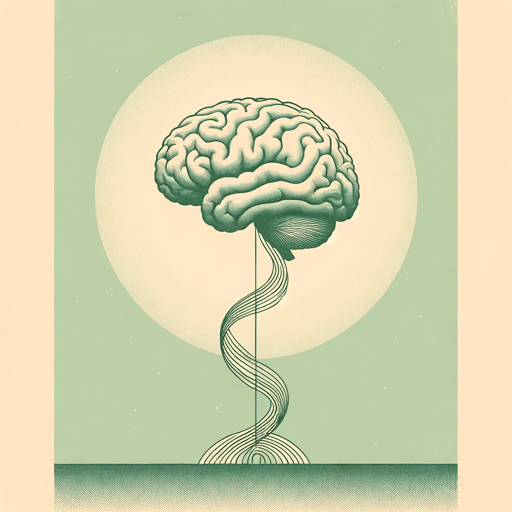46 pages • 1 hour read
Norman DoidgeThe Brain That Changes Itself: Stories of Personal Triumph from the Frontiers of Brain Science
Nonfiction | Book | Adult | Published in 2007A modern alternative to SparkNotes and CliffsNotes, SuperSummary offers high-quality Study Guides with detailed chapter summaries and analysis of major themes, characters, and more.
Chapters 1-4Chapter Summaries & Analyses
Chapter 1 Summary: “A Woman Perpetually Falling…”
Content Warning: These chapters discuss alcoholism, sexual abuse, and animal testing.
Chapter 1 introduces neuroplasticity by using the case of Cheryl Schiltz, who permanently recovered from Wobbler Syndrome after being treated by neuroscientist Dr. Paul Bach-y-Rita’s team. It also briefly traces the history of neuroscience and how Enlightenment ideals prevented experts from initially accepting plasticity. In 1997, Cheryl sustained damage to her vestibular apparatus—an organ in the ear canal that regulates balance—after being prescribed too much of the antibiotic gentamicin. The vestibular apparatus contains small hairs bathed in fluid, and when the body moves, the fluid shifts and the hairs signal directions to the brain. The organ is also linked to the visual system, helping the body orient itself in a three-dimensional space. Once damaged, the brain can no longer receive adequate signals. Until Cheryl’s case, Wobbler Syndrome was considered uncurable because the brain was assumed to be incapable of change. Cheryl needed to use walls and a wide stance to prevent herself from falling. Because of this disorientation, she lost her independence and became suicidal.
In Bach-y-Rita’s lab, Cheryl was given a chance at rehabilitation, a chance to prove the brain could change itself. Bach-y-Rita’s team developed an artificial vestibular system, a construction helmet with an accelerometer and tongue display.

